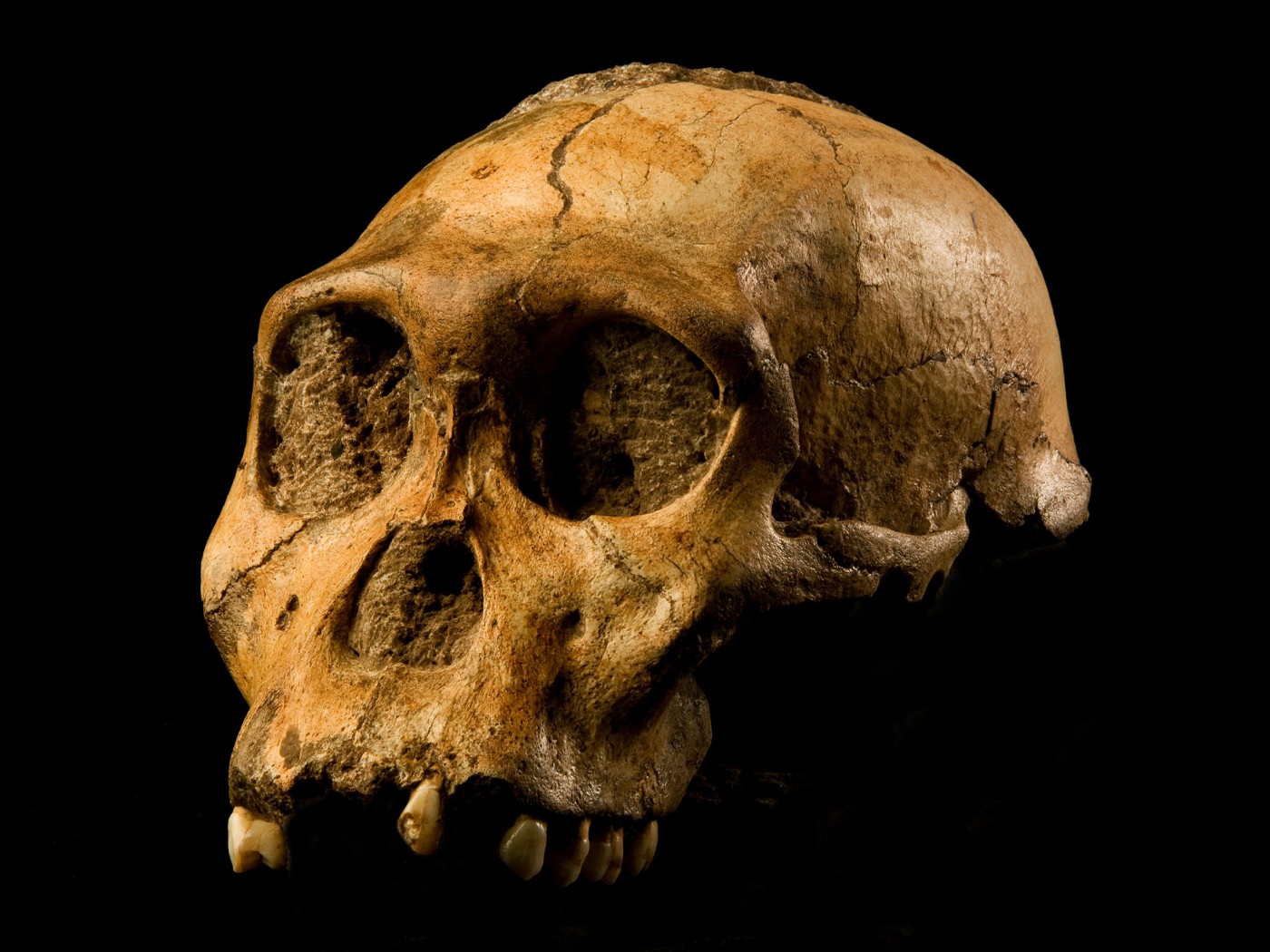DNA research identified a Siberian fossil as an ancient dog bone.1 But its radiocarbon date doesn't match the accepted evolutionary story for dog origins. The ease with which scientists revised the date of dog divergence from wolf-like ancestry shows that secular dating practices may be much more subjective than their proponents would care to admit.
The Swedish and American scientists who published their results in Current Biology had to explain why their new evolutionary age deserved to replace last year's evolutionary age for dog divergence. Both creation and evolution scientists agree that dogs descended from wolves, but they disagree about the timing. These new results show that evolutionists regularly disagree about timing within their own ranks, despite access to high-tech analyses.
For context, a 2014 study in the online journal PLOS ONE estimated the age of dog divergence from wolf-like ancestors at 14,900 years ago. How did they get this number? They assumed a mutation rate of 0.00000001 mutations per generation and an average generation time of three years.2 The number of DNA differences they found across living members the dog kind required 15,000 years' worth of mutations at their assumed rate. Even within the parameters of this single study, the authors had to navigate very different "age" results from complex algorithms used to analyze many dog DNA sequences.3
The Current Biology study authors deemed the Siberian dog bone's DNA unique enough to deserve a new name: the Taimyr wolf. The researchers found it during a scientific exploration of the Taimyr Peninsula in north Siberia. Its radiocarbon age of 35,000 years conflicted with the already published age of 15,000 years for dog divergence. How did the Current Biology study authors handle this? Easy—they simply dialed down the mutation rate to make it match their radiocarbon age. They wrote, "The mutation rate must be substantially slower in order to be compatible with the age of the Taimyr individual."1 Of course, this language implies that their carbon age is "the age."
Instead of explaining why or how the details of several other teams' DNA sequence analysis algorithms may have missed the mark, these scientists simply fiddled with the mutation rate to match their carbon date. Why not, since dog mutation rates have not yet been experimentally measured?4 And since dog mutation rates are essentially unknown, let's just fill in the blank with figures that match.
So, did dogs diverge from wolves 15,000 years ago based on evolutionary speculation about mutation rates, or did this divergence occur 35,000 years ago based on a radiocarbon result? Could both be wrong?
Problems do plague older carbon ages like this one. Often, a single artifact yields a range of carbon ages that fall outside each one's error margins, demonstrating that at least one result is far from accurate. Events such as solar flares, volcanic eruptions, and fluctuations in Earth's magnetic field can change carbon ages by altering atmospheric carbon ratios, as does an underground process called isotope exchange.
If DNA or radiocarbon told a true age, then shouldn't they consistently agree? Instead, secular scientists brush aside one age to justify another.5 It looks like these age assignments lean more on what each scientist wants to say about the story of dog origins than on what the data strictly reveal.
References
- Skoglund, P. et al. 2015. Ancient Wolf Genome Reveals and Early Divergence of Domestic Dog Ancestors and Admixture into High-Latitude Breeds. Current Biology. 25 (11): 1515-1519.
- Freedman, A.H. et al. 2014. Genome Sequencing Highlights the Dynamic Early History of Dogs. PLOS Genetics. 10(8): e1004631.
- For example, the pairwise sequential Markovian coalescent model described a gradual decline in imagined ancient dog population size beginning 50,000 years ago, whereas their Baysian-based Generalized Phylogenetic Coalescent Sampler associated this population shrinkage with dog divergence at 15,000 years ago.
- Mutation rates have been measured in four creatures: fruit fly, roundworm, water fleas, and humans. In each case, the mutation rate explains the DNA diversity in fewer than ten thousand years, spectacularly confirming the Bible's recent creation model. If and when dog mutation rates are ever actually measured (a time and cost-intensive endeavor), we predict that they will refute the conclusion that dogs diverged from wolves 35,000 years ago and confirm a divergence that closer to the biblical date of creation or the Flood, only ~4,400 years ago. See: Jeanson, N. 2014. New Genetic-Clock Research Challenges Millions of Years. Acts & Facts. 43 (4): 5-8.
- For another example of highly mobile age assignments, see Thomas, B., and J. Tomkins. 2014. How reliable are genomes from ancient DNA? Journal of Creation. 28 (3): 92-98.
*Mr. Thomas is Science Writer at the Institute for Creation Research.
Article posted on June 8, 2015.


















